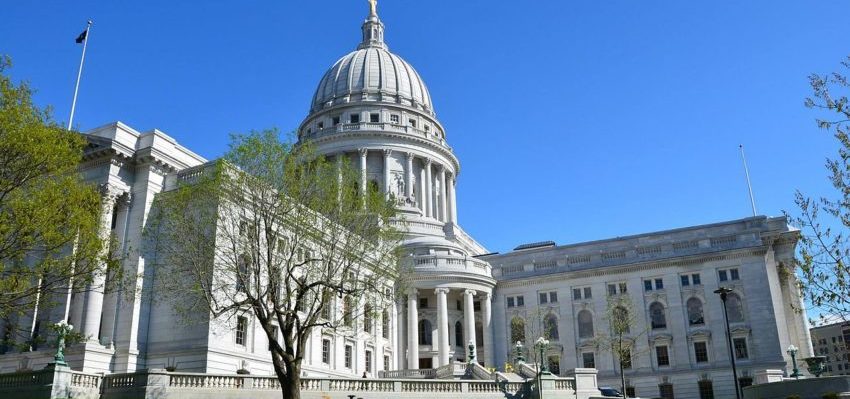
MacIver News Service | April 26, 2019
It’s spring in Wisconsin! A lot has happened this week in the world of politics and policy. The Joint Finance Committee hosted their final public hearing session in Green Bay on Wednesday. On the national level, a new data report reveals the shaky future of Social Security, the impacts of President Trump’s tariffs, and the ways states are bypassing Obamacare. Before you go off to see Billy Joel at Miller Park tonight, and before the snow comes on Saturday, here are some important articles for the fiscal conservative, in case you missed it.
WSJ: Social Security Costs to Exceed Income in 2020
The trustees of Social Security and Medicare released a reporting projecting that Social Security costs will exceed the program’s income by 2020 for the first time since 1982. The report also projects that the $3 trillion Social Security trust fund will be exhausted by 2035. When this happens, benefit receivers will only be able to receive three-fourths of their promised benefits, unless Congress budgets additional funding for the program’s deficit.
Kansas Bypasses Obamacare; Will Other States Follow?
Kansas recently passed a law that allows health plans that do not require coverage of pre-existing conditions. This could act as a loophole to allow cheaper, leaner plans that are not compliant with the Affordable Care Act (ACA). Kansas joined Tennessee and Iowa in allowing their Farm Bureaus to sell plans that are not required to follow ACA rules. Other states could use Kansas, Iowa, and Tennessee as potential models for health care in the post-ACA world – and that may end up driving up rates for ACA-compliant plans.
NYT: Trump’s Washing Machine Tariffs Hurt Consumers
After President Trump applied tariffs to imported washing machines, the cost of both washers and dryers went up, according to analysis by the Federal Reserve and University of Chicago. Tariffs drive up prices, and while the cost of washers went up, an equal increase in dryers occurred – even though the tariffs did not apply to dryers. One possible reason is to keep prices of the two goods relatively similar, splitting the cost of the tariffs between both. Overall, the tariffs created 1,800 new jobs and $82 million in revenue for the U.S. Treasury, according to the report.The tariffs have cost U.S. consumers $1.5 billion, and increased prices on both washers and dryers by 11.5 percent.
MacIver Institute released the latest edition of ChartSmart this week. With lots of rhetoric going around about both former Gov. Scott Walker’s tenure, and now Gov. Tony Evers’ proposal, it’s good to turn to the numbers. That’s exactly what the MacIver Institute does, and will continue doing through the entire budget process!
Trump Tariffs Not Affecting Europe, Doing More Damage to U.S.
The European Central Bank released a study of the impact of tariffs the Trump administration enacted last year. In some cases, the tariffs are actually helping Europe, as the trade war between the U.S. and China created a higher demand for European imports. Even if the EU auto sector would be included in a new wave of tariffs, it would likely not harm Europe as much as the United States, because of the price increases that U.S. consumers would have to bear.